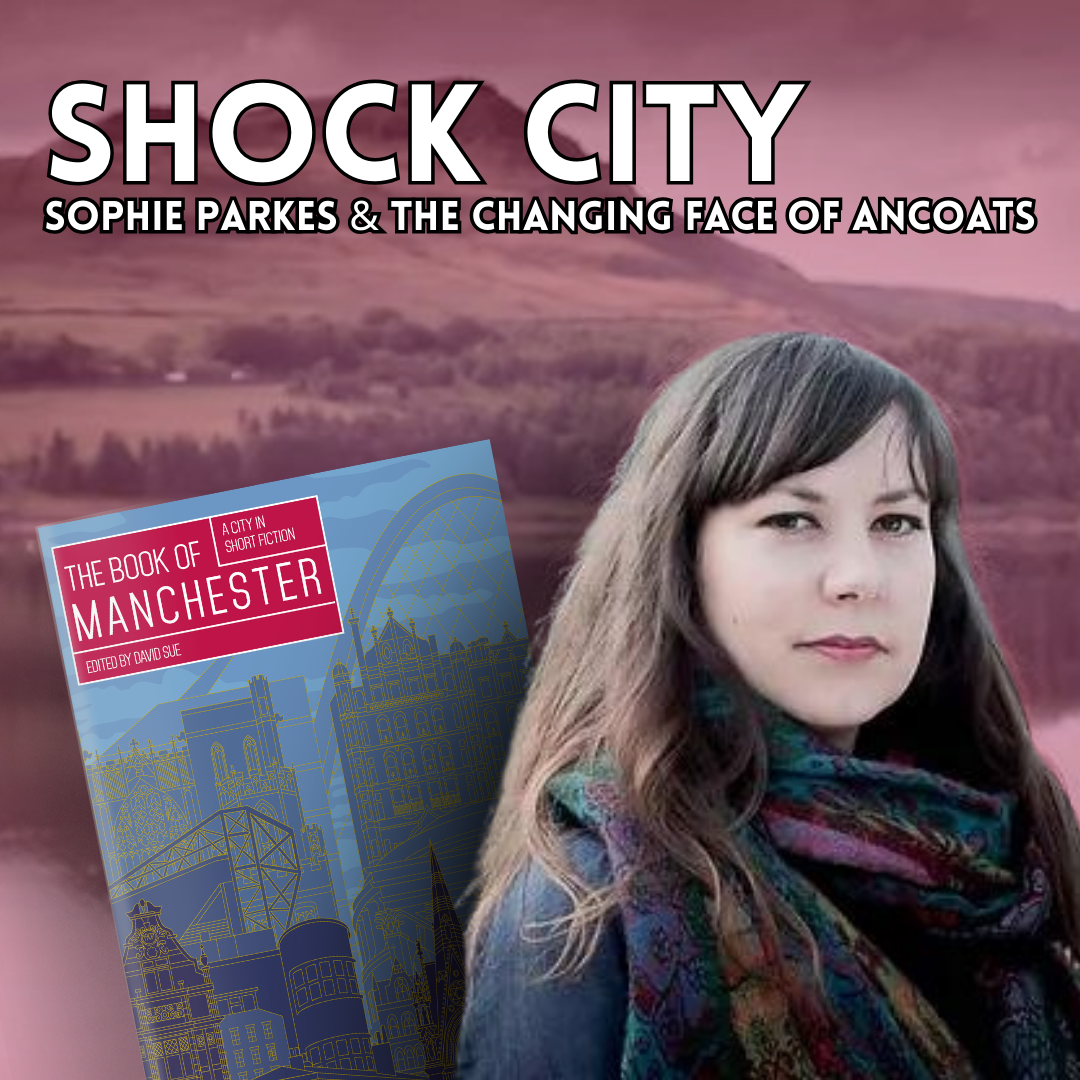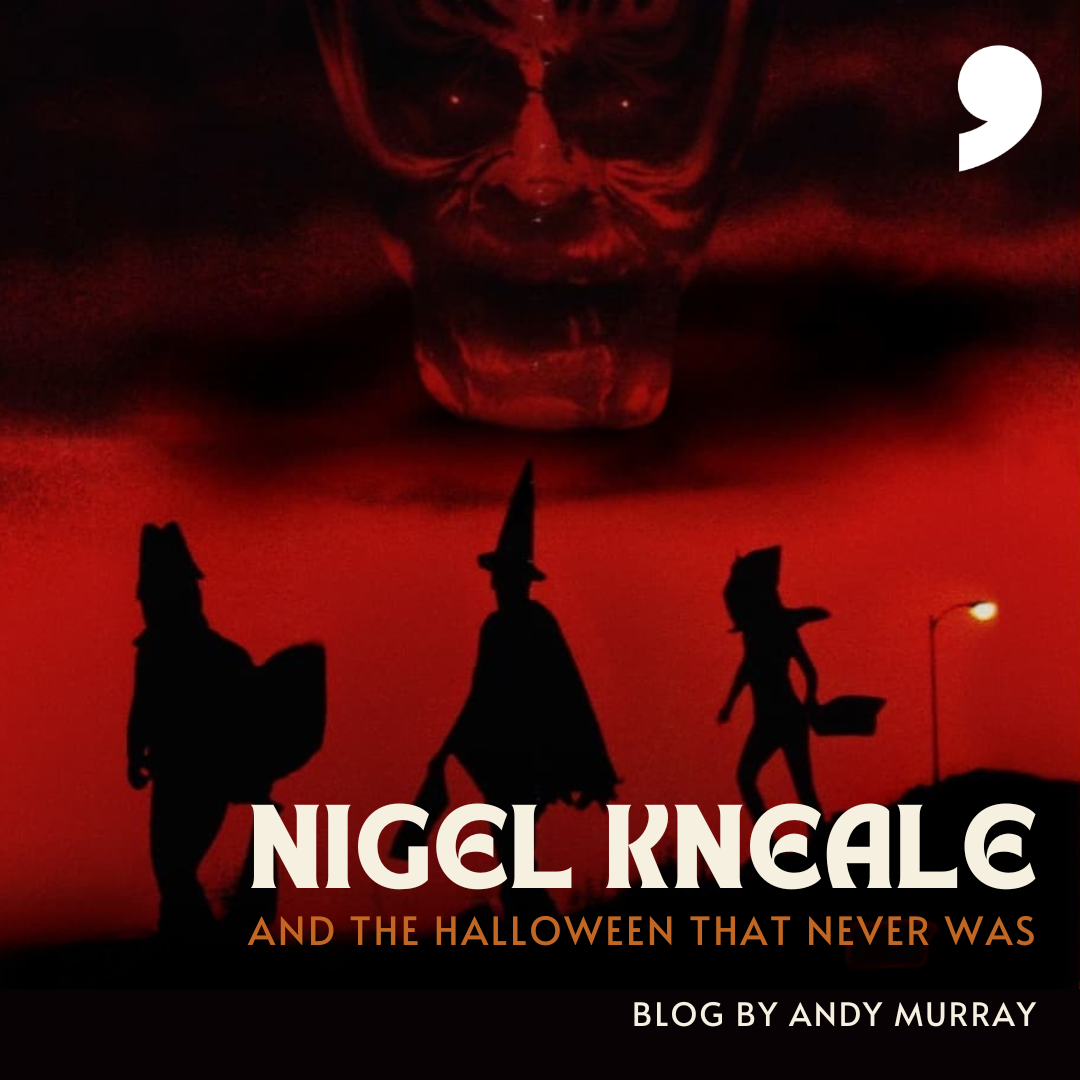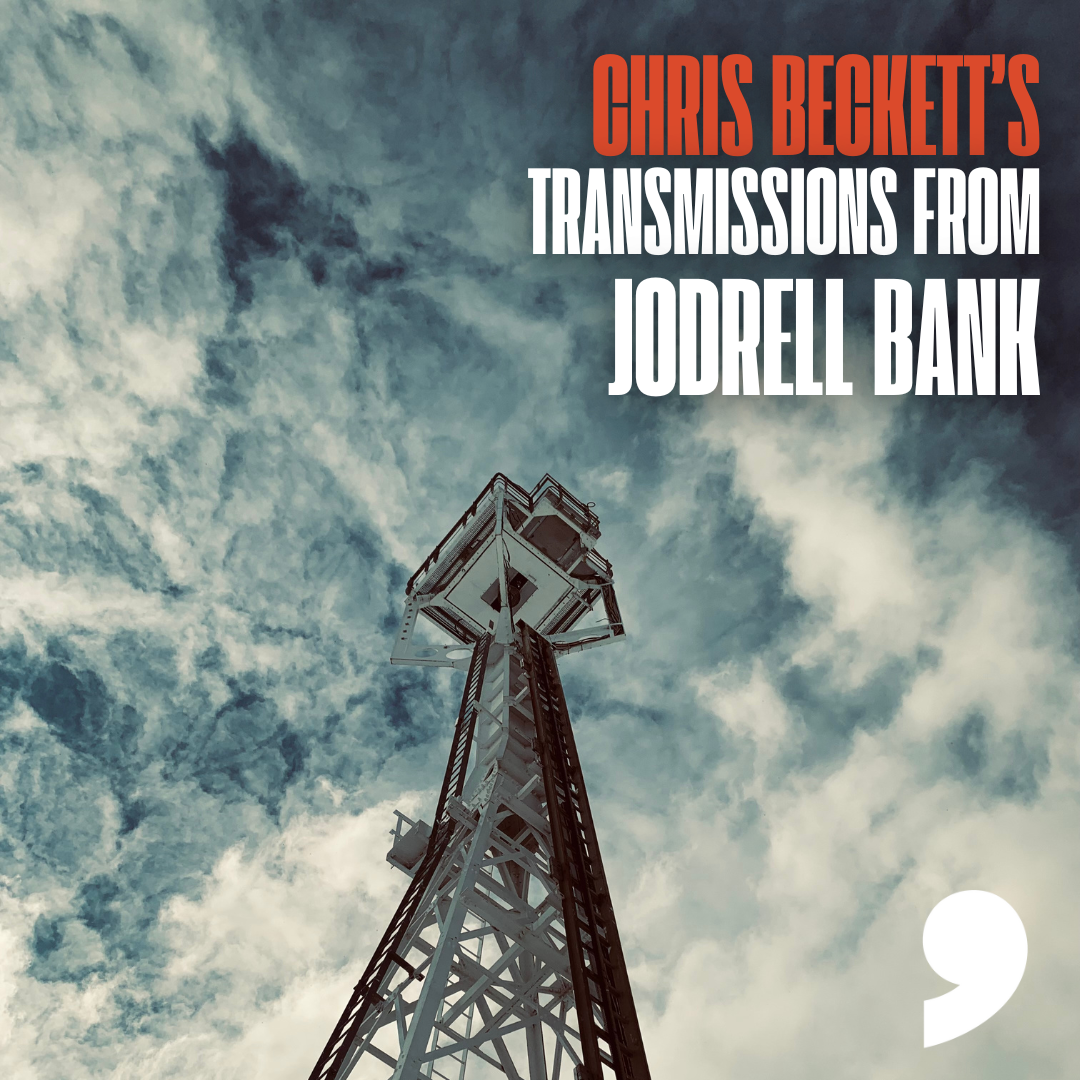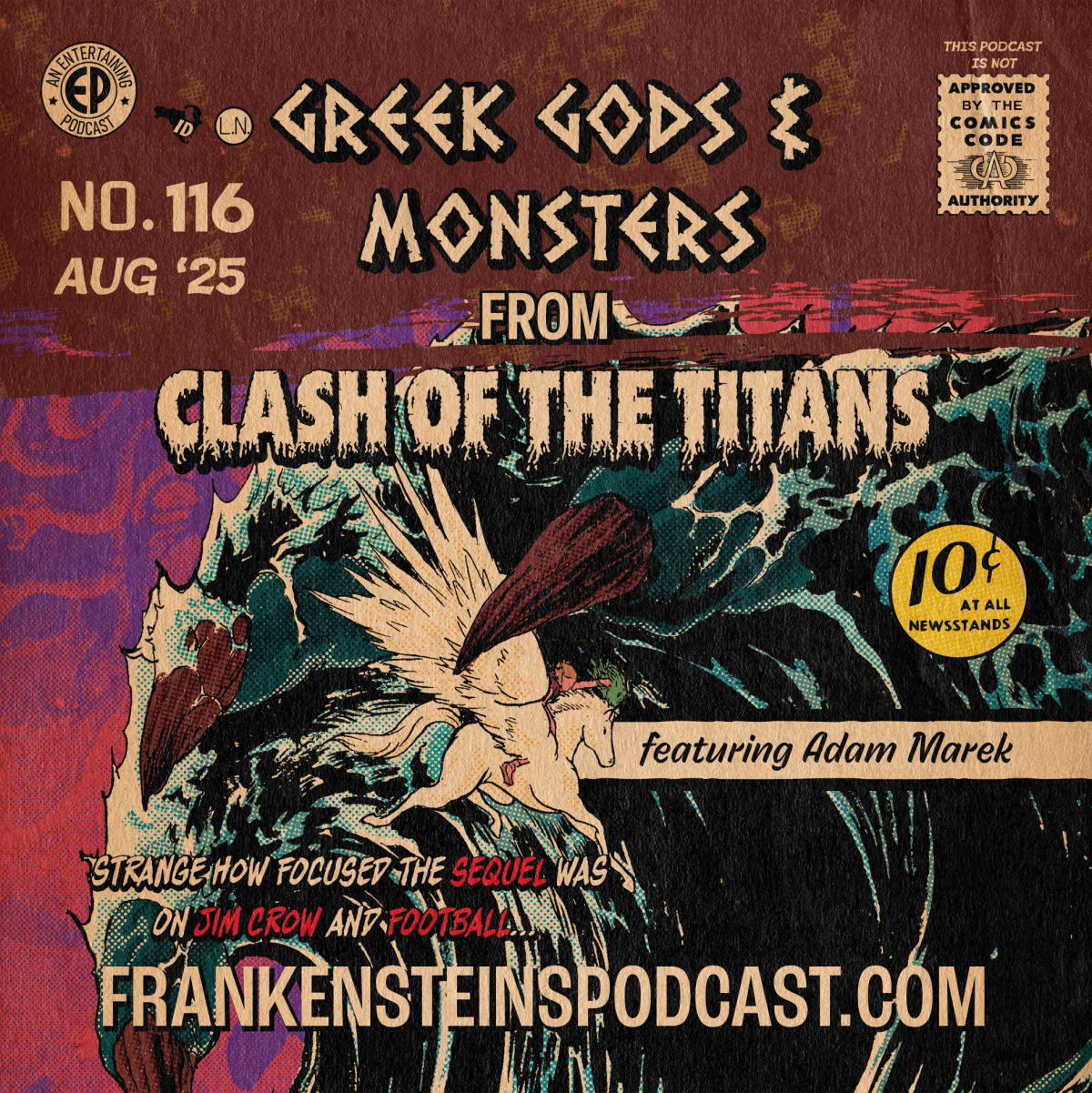Shock City: Sophie Parkes Author Blog
The Book of Manchester contributing author Sophie Parkes muses on the changing face of Manchester, student culture and the inspiration behind her story: Shock City.
I would have roundly rejected it at the time, but I was a stereotypical student and post- student in the city of Manchester, travelling the desire line between Fallowfield, Withington, West Didsbury. Finding the allure of Chorlton when the novelty of the Palatine Road Magic Buses waned. Rolling suitcases between halls and houses of multiple occupation (as they weren't called then) to shoebox flats with close friends and boyfriends. I would never live in ‘town’, I had said many times, before that, too, became the thing seemingly everybody did. I duly obeyed the norms and took to my Ducie Street flat, defending it like the aggressive geese that patrolled the surrounding towpaths.
Despite my southern accent, my unfashionable market town upbringing, my disdain for gravy on chips, it didn't take long for me to feel that Manchester was mine. And I think this is the case for many of the city’s students, as so many of us stay here after graduation. For its 70,000 students, monopolising the Oxford Road Corridor and the tree-lined streets of south Manchester, the city does indeed feel like theirs for eight or nine months of the year, the wider city’s inhabitants otherwise invisible – or at least going about their daily business very much away from the student bubble.
All of this is, of course, gross generalisation and probably horribly out of date, but it is the musing of someone hurtling towards her fortieth year and reflecting on her adopted and much-beloved home city. I now live on the blustery fringes of the city region, where it butts up against West Yorkshire and Kirklees in a desperate attempt to get out of the rain. But living in town for five years was far more fulfilling than I'd anticipated, mainly as the time previously spent on Magic Buses at either end of the day could be spent doing other things: namely rehearsing in leaky mills and warehouse spaces as commandeered by the city’s many (many) bands.
The other members of my band worried about me walking alone between the city centre and our lock-up in Beehive Mill, and later Brunswick Mill. Colleagues, eyeing my violin case at my feet on rehearsal days, felt the same. That patch the other side of Great Ancoats Street was quiet, dark, desolate. The canal was litter-strewn and the retail park mostly empty. Taxis were taken at the weekend to Sankey’s Soap, we didn’t walk there.
This wasn’t always the case. In the late nineteenth century, Ancoats was an overcrowded slum beyond our contemporary comprehension, ruled by its nattily dressed gangs, the Scuttlers, or more specifically in this area, the Bengal Street Tigers, often thought of as Manchester’s answer to the Peaky Blinders.
At the risk of sounding like someone approaching her fortieth year, the current crop of students, post-students and the city’s young people wouldn’t recognise the Ancoats through which I walked to band practice. To the Bengal Street Tigers, I suspect Ancoats today may as well be another planet. Now Cutting Room Square is home to elegant bars, restaurants, artworks. The world-renowned Hallé rehearse there, at St Michael’s, and I suspect its musicians will not have to visit the toilet in the dark as I did in the dilapidated mills down the road. During its transformation but before Cutting Room Square was complete, a friend rented a flat there and the cost seemed to me (no authority on the matter) comparable to prices in London. I dread to think what it may cost now.
Cutting Room Square, around which Ancoats bustles, is now undeniably attractive. It feels genuinely sociable, a place to see and be seen, in the nicest possible way, with ample opportunity to spill out across the flags. It's the kind of place you could happily take your visiting friends to, your visiting parents and grandparents, but where you could also sink a few on a Friday night.
Ancoats, and Cutting Room Square, is peopled again. But down the road has always been peopled, and remains so, and this article in The Mill does an excellent job in outlining how the residents already present in the area, ‘real Ancoats’, feel as new residents move into what has become known as New Islington: namely forgotten, and pushed out.
I had this article, and these differing populations, in mind when I wrote ‘Shock City’, the title derived from the work of historian Asa Briggs who used the term to describe the rapid economic growth, and the impact on the quality of life for its people, of industrial cities such as Manchester. I wondered how a recent History graduate, himself working class and increasingly aware of the unspoken privileges of his cohort, seemingly exacerbated in post-university life, might cope in this new-old neighbourhood. I wanted to explore how he perceives himself to have fallen between two stools, his only possible ally ostensibly thriving, playing the game. Peopled though his Ancoats may be, this story sets out the loneliness of our cities, whether they are our native or adopted homes, whether our neighbourhoods are being torn down or built up, and whether or not they honour their ghosts.
Sophie will be reading from Shock City at ‘The Book of Manchester’ Launch on Oct 12 at Contact Theatre for Manchester Literature Festival. Book your tickets here.
Buy The Book of Manchester HERE


